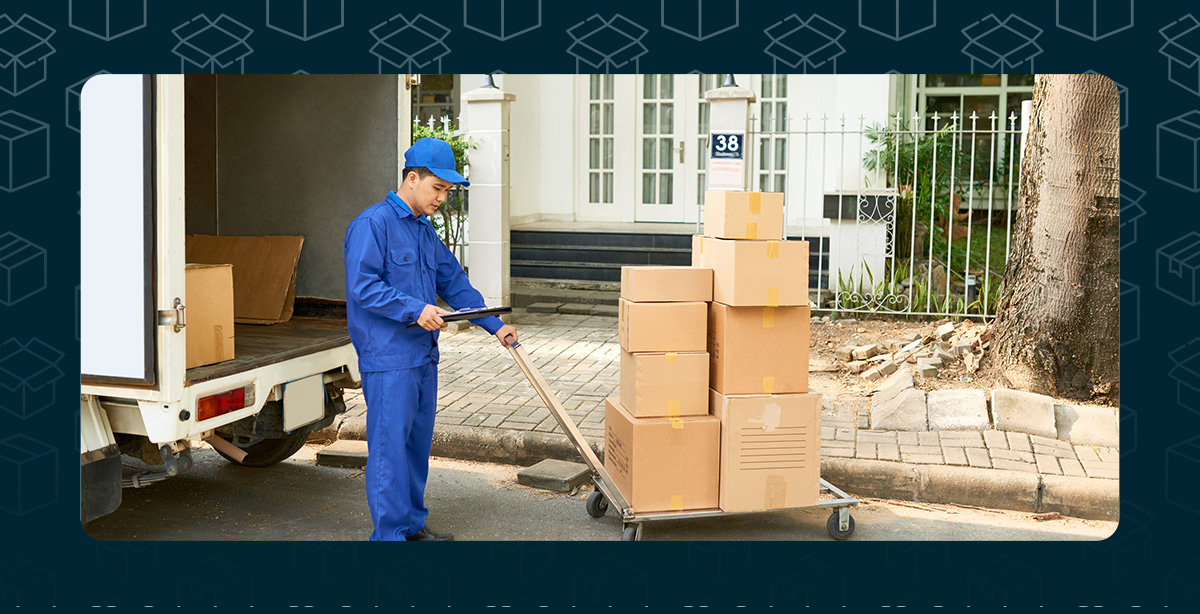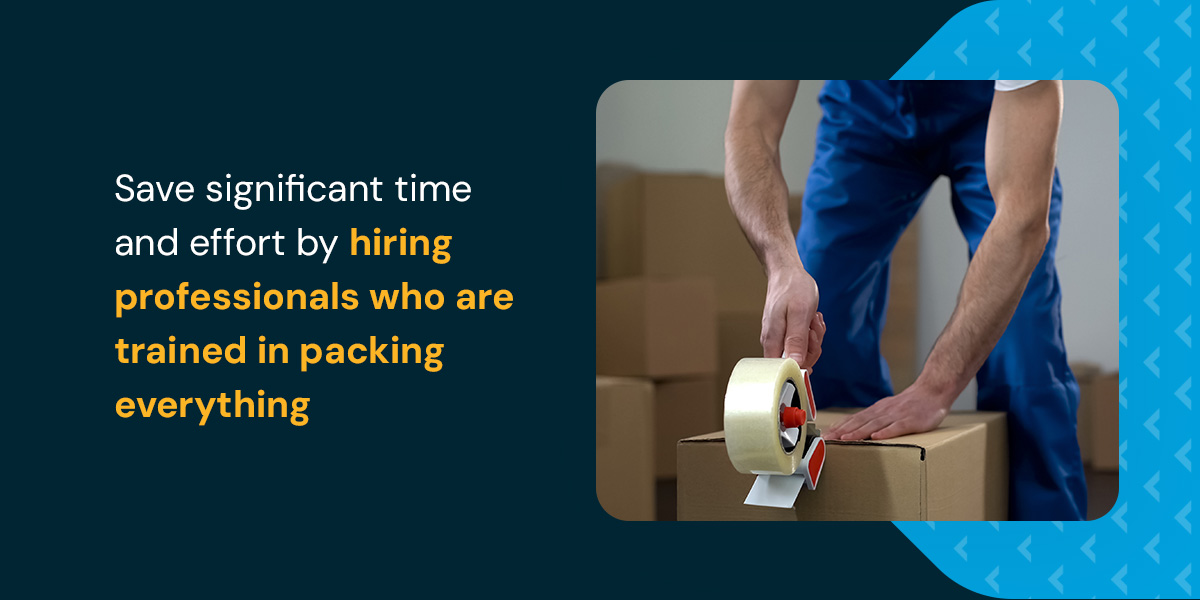
With proper planning, moving to or from a new state can be a smooth experience. This comprehensive Ohio moving guide will walk you through the essential steps. From navigating interstate regulations to choosing the right moving company, you’ll be well-prepared for relocation.
Whether you’re moving out of Ohio or in, start by creating a checklist. A moving checklist helps organize tasks before, during and after a move, covering budget, packing and administrative changes. The following tips for moving to or from Ohio will make the process more efficient:
Moving across state lines, whether to or from Ohio, requires compliance with specific federal regulations to protect you as a consumer. The Federal Motor Carrier Safety Administration (FMCSA) mandates that all interstate movers have a U.S. Department of Transportation (USDOT) number. This number allows you to verify a company’s safety record and licensing. You can use the FMCSA’s website to check a mover’s credentials and see if any consumer complaints have been filed against them.
Companies must also comply with state-specific rules for moves originating or ending in Ohio. The documentation required for a move includes a bill of lading, which is your contract with the moving company. It should list all services, costs and the terms of your move.
For interstate moves, the company should offer access to a brochure titled “Your Rights and Responsibilities When You Move,” which outlines your rights as a consumer and the mover’s obligations. Some companies may offer this brochure in hard copy. Others provide it in digital format, sending you a link when you book your move.
Additionally, it’s crucial to understand the different types of valuation, such as released value protection and full value protection, which affect the compensation you receive for damaged or lost goods. Under the released value option, the mover assumes liability for no more than 60 cents per pound per article. Unless you select released value, your mover will automatically transport your shipment under the full value protection level of liability.
You should also be aware of the binding or non-binding nature of an estimate. A binding estimate guarantees the final price, while a non-binding one can change.

Packing is one of the most time-consuming aspects of moving. You can save significant time and effort by hiring professionals who are trained in packing everything from fragile dishware to bulky furniture, using high-quality materials to protect your items.
While professional packing adds to the overall cost of your move, it also provides peace of mind. Many moving companies offer customizable packing services, which can scale from packing just a few delicate items to everything in your home.
Long-distance moves involve more planning than local moves. Here’s a typical process:
Selecting the right moving company is the most crucial decision you’ll make for your relocation. As you evaluate movers, consider their:
A variety of factors determine the final cost of your move, such as:
You can ensure a smooth and successful transition by creating a detailed plan, understanding the requirements of your specific move and choosing a reputable company. For a trusted partner, turn to Corrigan Moving Systems. We have been a leader in the moving industry for nearly a century.
Our team can handle every aspect of your move, from expert packing to safely transporting your most valuable possessions. With our reliable range of services, you can start your Ohio move with the confidence of working with true professionals. Contact us today for a free, no-obligation moving quote.